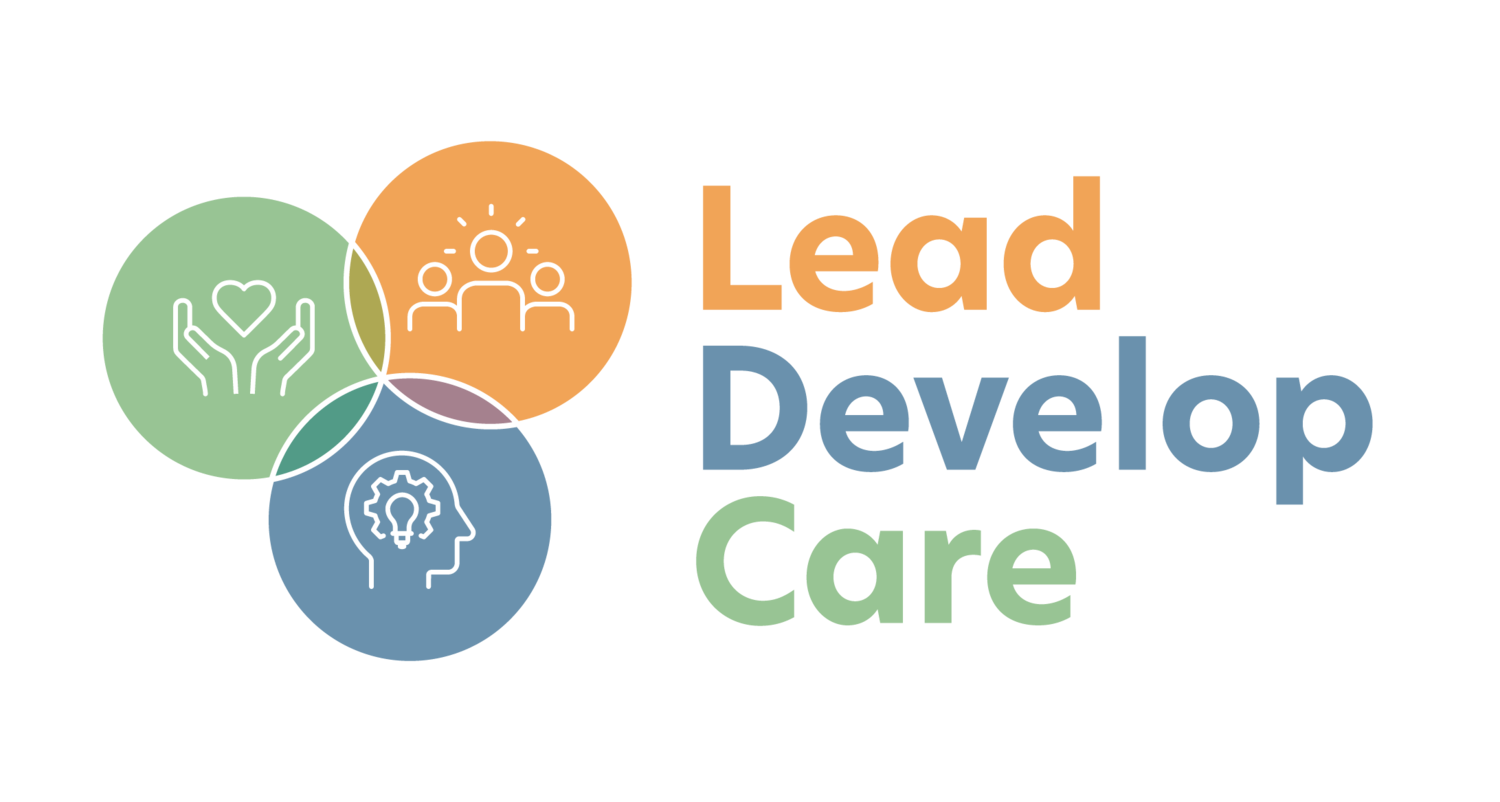The Power of a Common Definition - LEAD
As a leader, have you ever asked your team members to define what it means to lead people? Leaving the answer to conjecture is costing time, money, and workplace satisfaction. The LEAD, DEVELOP, CARE model defines LEAD as intentionally influencing and enabling people to accomplish a given task. Let’s examine the purpose of each of these words and why we believe they help in the everyday practice of leadership.
Intentionally: Experienced leaders we meet worldwide often deride the need to be so explicit. After all, isn’t showing up for work sufficient to establish intent? It turns out the answer to that question is no. The word intentionally clearly reminds us that forethought is required, not optional. Your purpose is to LEAD proactively with a clarity of focus. Too many leaders today mistakenly see their daily managerial firefighting as the entirety of their purpose. We encourage even the most experienced leaders to ask themselves, How can I LEAD with intentionality today?
Influencing: Influencing implies that the decision to act originates with the doer. Many claim positional authority afforded by title or position but who, in actuality, lack the ability to influence. Without influence, a leader—indeed, the entire team—only moves as far as the latest directed movement. Potential is held captive by fear, uncertainty, and resentment—intimidation and bluster yield cautionary, limited responses that sub-optimize individual contributions to mission success.
Enabling: The self-help industry boom of the late 20th century limited the meaning of this word to perpetuating negative behavior, especially related to addiction. But when defined positively, enabling is one of the noblest human instincts. It involves helping and empowering the people we know and care about. Imagine applying the behavioral subtly this word connotes for the betterment of the people and the organization.
People: Experienced leaders usually bypass this word on their way to a buzzword they recognize. We’ve never met an executive who said they did not value their employees, yet survey after survey reveals employees feel undervalued at work. Remember, we LEAD people, not things. Leading is valuing and bringing out the best in people.
Accomplish: Results matter. It’s not enough merely to inspire, say the right things, and supply the necessary resources. Great leaders explain what will need to occur for success to be declared. But, too often, leaders forget this step. Preempt your team from wondering or having to ask; help them envision from the very beginning what it looks like when they have arrived at success.
Given Task: Leading always involves a task, and tasks are where leadership starts. Unfortunately, we frequently encounter leaders who generalize in a misguided endeavor to avoid accusations of micromanaging. Others fail when they assume mutual agreement and understanding of a task given. Frustrated leaders are often surprised at how frequently nonperformance originates from their failure to communicate their expectations clearly. On the other hand, experienced leaders worldwide smile and knowingly nod when they rethink their assumptions about tasks imagined but never given.
Download the free e-book to understand the model and its operational aspects better. Then, expand your competence and confidence in applying the model through the book, blog, and podcast available on the leaddevelopcare.com website.
What would it look like to begin your next staff meeting with the definition of LEAD? First, observe how members of your team apply the definition to themselves and give them feedback on what you see. Next, measure how often you hear echoes of this LEAD conversation and look for how your team is internalizing and benefiting from this common definition. Take advantage of the synergy this common definition offers.
